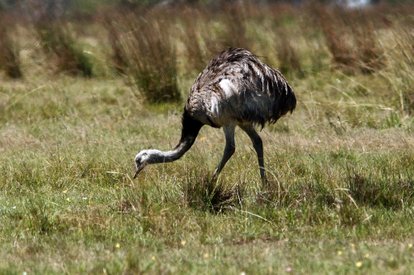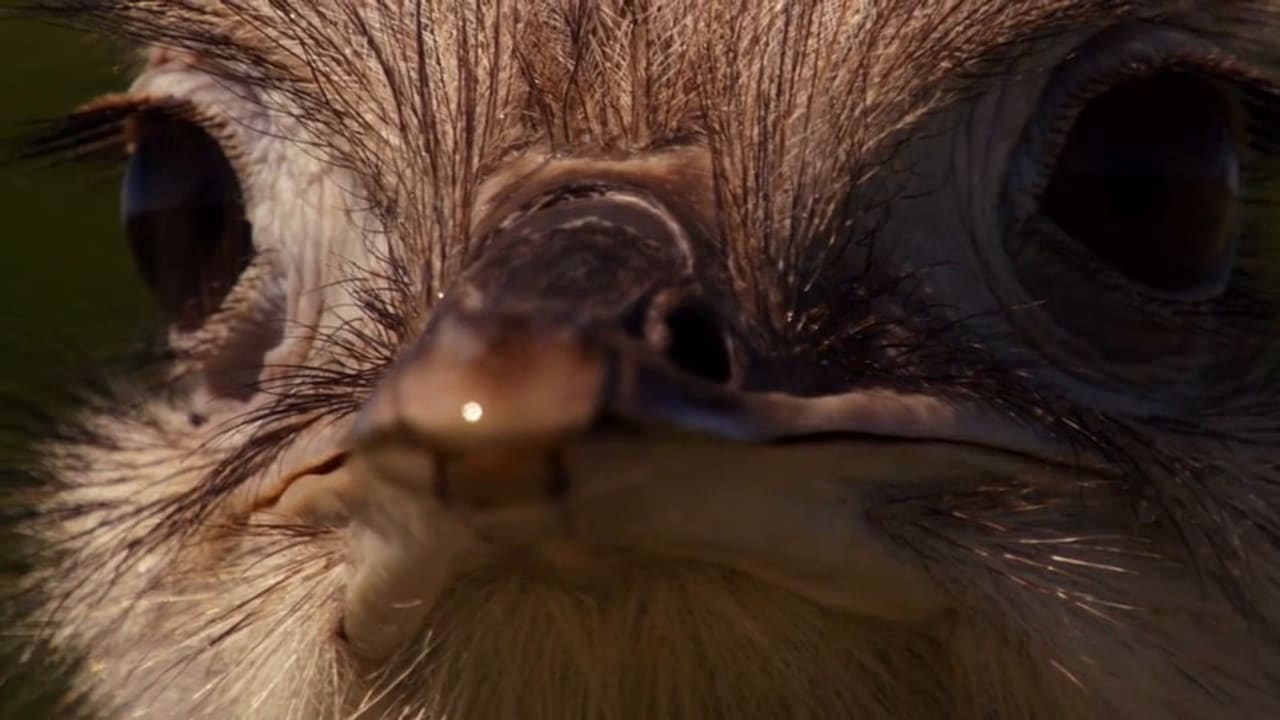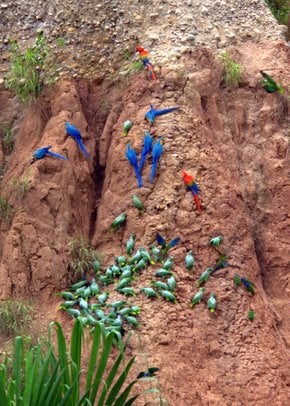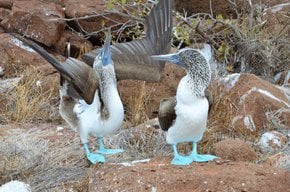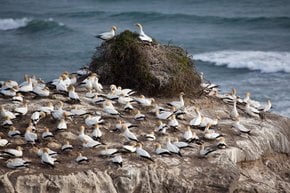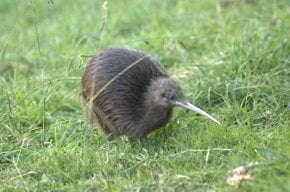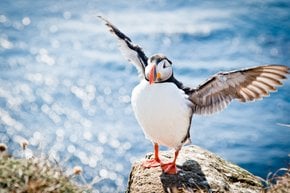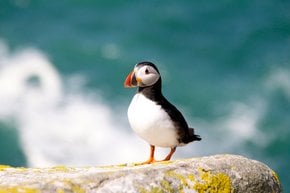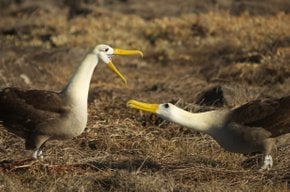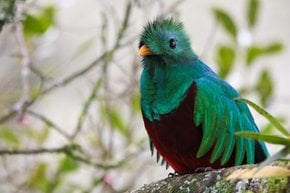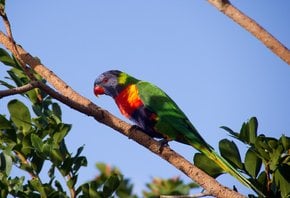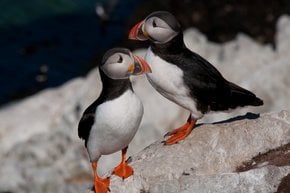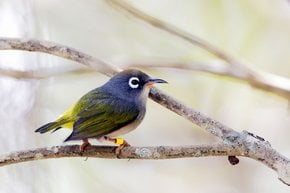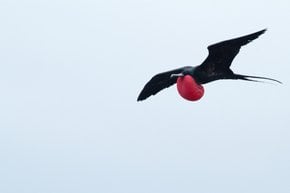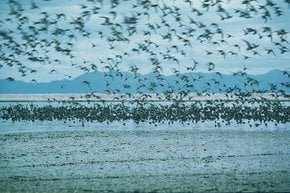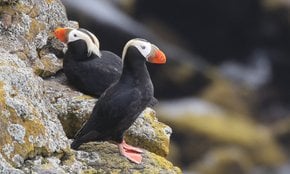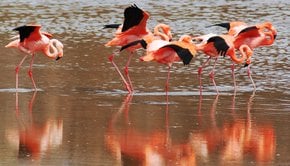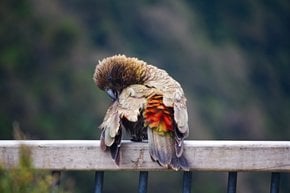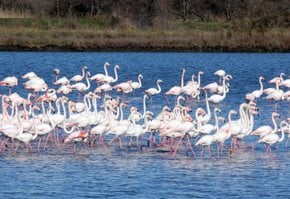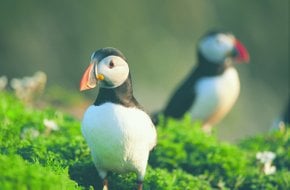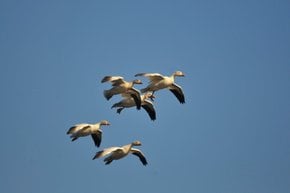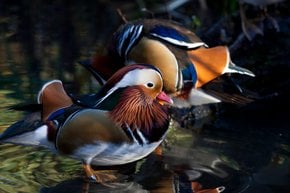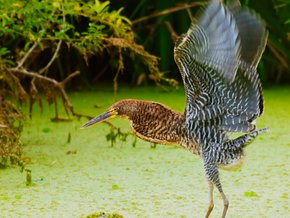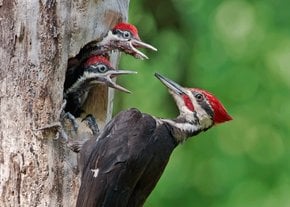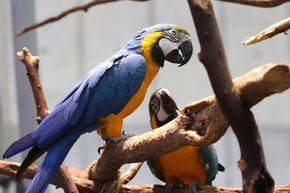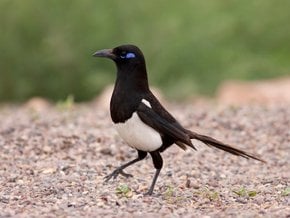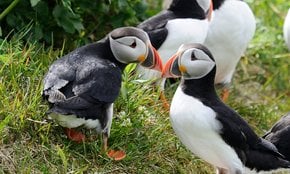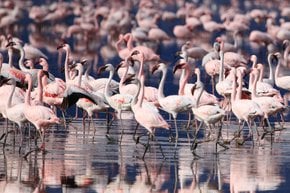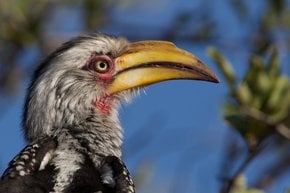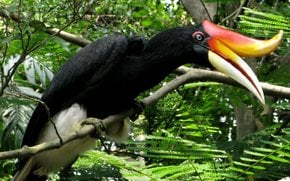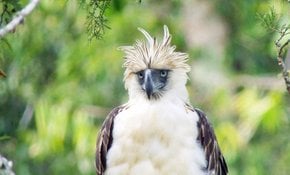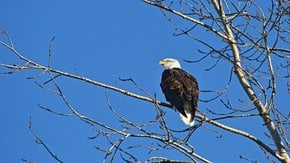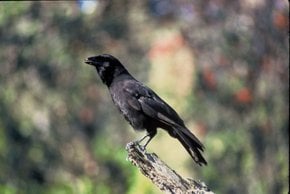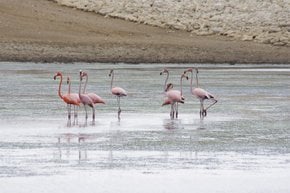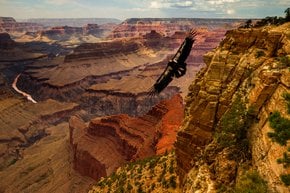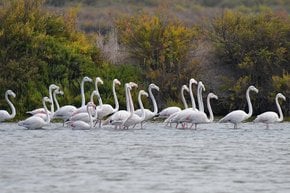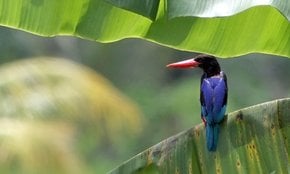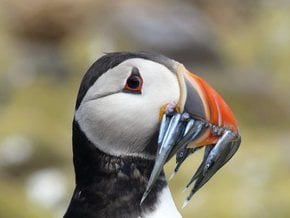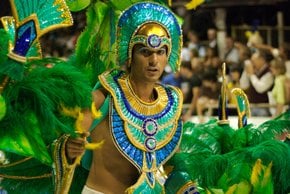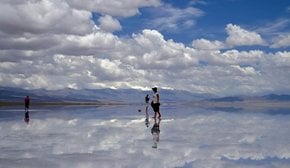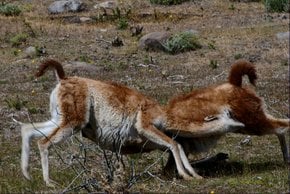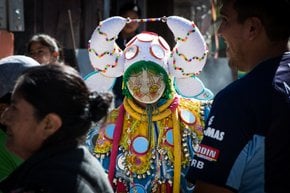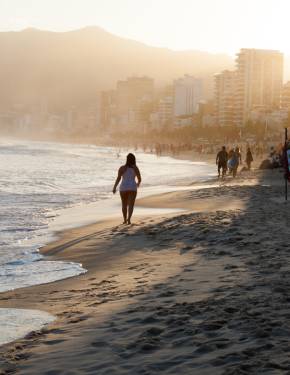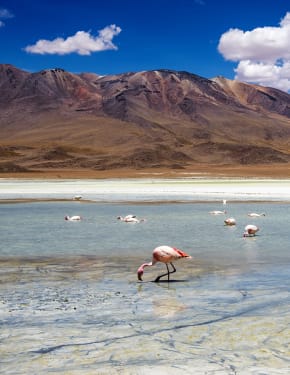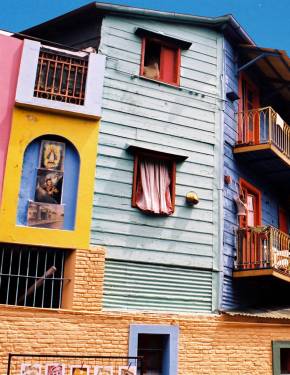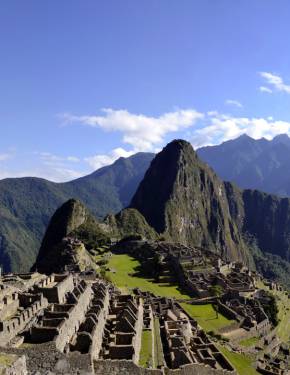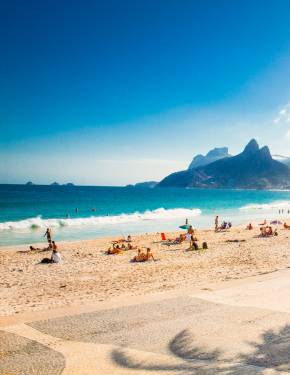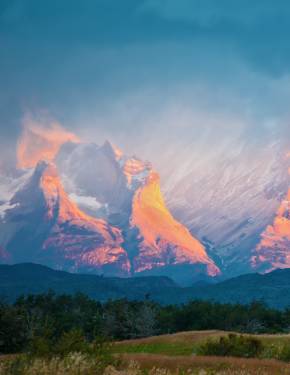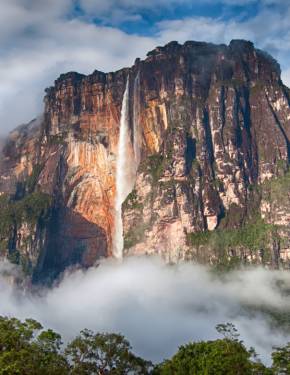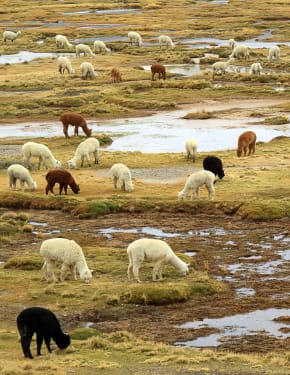Greater Rhea in Argentina 2025-2026
There is a theory that the greater rhea is the first flightless bird and all kinds of ostriches are derived from them
Best time: August–January
The Greater Rhea looks much like the African ostrich. This bird has long legs and neck, a flat beak, big eyes on a relatively small head, and surprisingly soft plumage that covers the entire torso, neck, and hips. Though the Greater Rhea is not able to fly, it uses its wings in a peculiar way. When running the bird picks up one wing, using it to catch the wind like a sailboat. So, in this case, the feathers act as sails. It has a very quick running speed and uses its wings for balance. Also, males use their wide-spread wings to operate their harems.
Outside of breeding season that lasts from August to January, the birds live in flocks of 30 to a hundred individuals, they are less alert and more sociable. Still, it might be too troublesome to pursue such a flock, especially when it's mixed with other wildlife. Therefore, you should better spy for a solitary male Rhea's nest somewhere near water—it looks like a shallow hole in the ground rimmed with various vegetation.
Unusual as it might seem, in this case, the males are in charge of nest building, egg incubation, as well as chicks upbringing. In the meanwhile, females simply go from one nest to another throughout the breeding season and lay an egg in each one. So a single nest might contain up to 60 eggs. The birds are rather noisy during the breeding season which must be helpful while searching.
The Greater Rhea inhabits the steppes of South America. It's endemic to Argentina, as well as its neighbours including Brazil, Bolivia, Uruguay, and Paraguay. One of the best areas to spot them is the Pampas and open woodlands from the north of Argentina and south to the Río Negro, and particularly the region of Patagonia shared between Argentina and Chile.


